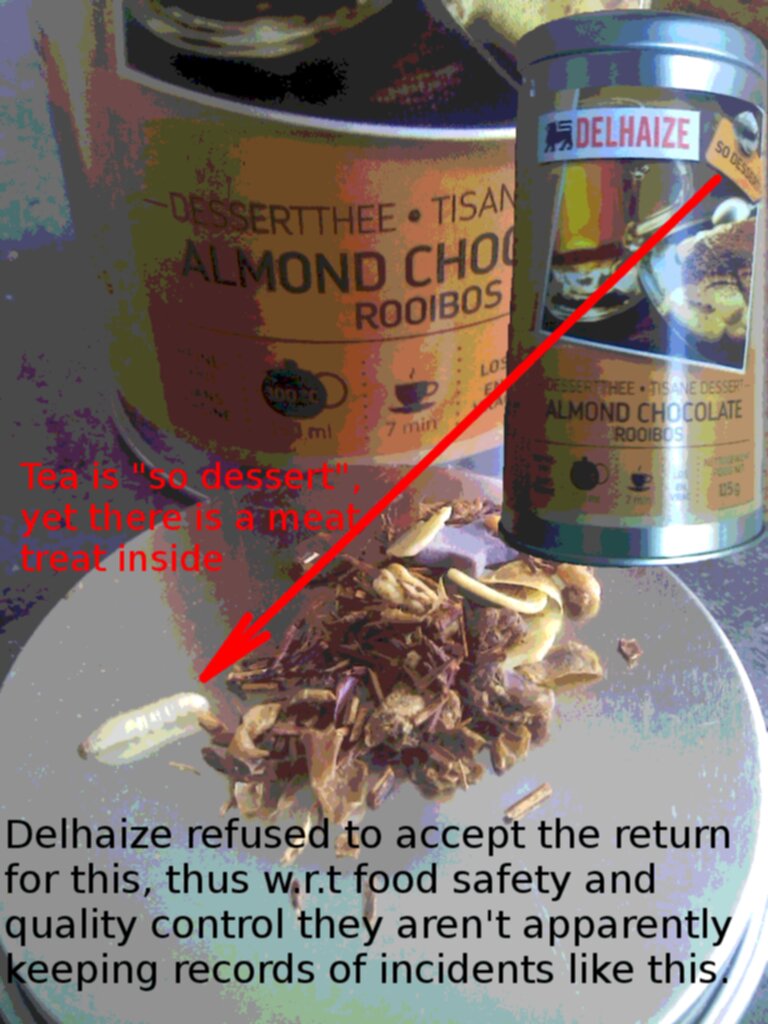this post was submitted on 01 Nov 2024
34 points (88.6% liked)
Public Health
407 readers
2 users here now
For issues concerning:
- Public Health
- Global Health
- Health Systems & Policy
- Environmental Health
- Epidemiology
- etc.
🩺 This community has a broader scope so please feel free to discuss. When it may not be clear, leave a comment talking about why something is important.
Related Communities
- Medical Community Hub
- Medicine
- Medicine Canada
- Premed
- Premed Canada
- Public Health (📍)
See the pinned post in the Medical Community Hub for links and descriptions. link (!medicine@lemmy.world)
Rules
Given the inherent intersection that these topics have with politics, we encourage thoughtful discussions while also adhering to the mander.xyz instance guidelines.
Try to focus on the scientific aspects and refrain from making overly partisan or inflammatory content
Our aim is to foster a respectful environment where we can delve into the scientific foundations of these topics. Thank you!
founded 1 year ago
MODERATORS
you are viewing a single comment's thread
view the rest of the comments
view the rest of the comments


I mean was it alive or dead? Certain small bugs like that aren't uncommon to find in dry goods. Things like flour and grains have an acceptable level of bug 'parts' in them. The FDA's acceptable threshold for flour is 75 or less insects fragments per 50 grams of flour. If the mealworm was dead/dried etc I wouldn't worry so much and I'm not sure what they would do about it, it's not dangerous to public health
It was alive. It was in the tin for a while too. The tin had a tight fitting lid so there is no way it could have entered after I bought it and put it in my pantry. I did not discover it until about half the roobios was consumed.
(edit) just attached a pic to the OP.
Guess I should phrase it as a food security issue, not food safety, since security is broader and covers shortages. I probably got less “food” because that live worm has a lot more weight per volume than rooibos I was buying. Plus it probably ate some of it. So there’s my courtroom testimony ready to go :)
Ah, yeah that's kind of odd seems like it hatched inside the tin. I would definitely be weirded out too if it was alive . Weird that they didn't accept the return
It’s something that should have been recorded and analysed. Perhaps they would discover something, like maybe they should inspect the rooibos before adding the white chocolate (if they are not already).